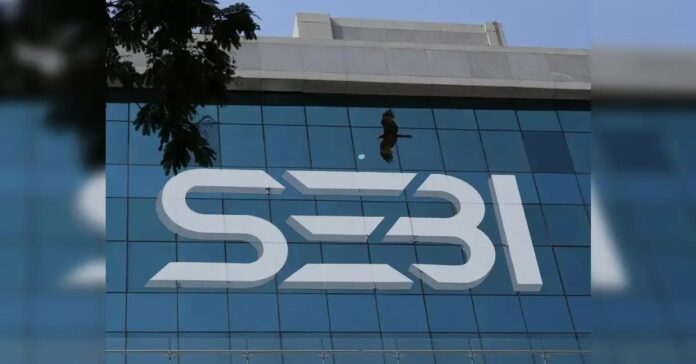SEBI’s Regulatory Shift: A New Dawn for Market Infrastructure Institutions
The Securities and Exchange Board of India (SEBI) is poised to implement significant regulatory changes that could reshape the landscape for Market Infrastructure Institutions (MIIs) in India. This recalibration is particularly noteworthy for the National Stock Exchange (NSE), which stands to benefit immensely from these adjustments. After years of regulatory hurdles, the NSE is finally on the verge of launching its long-awaited initial public offering (IPO), a move that could unlock substantial value for shareholders and enhance market participation.
The Long Road to NSE’s IPO
The NSE’s journey towards an IPO has been fraught with challenges, primarily stemming from the colocation controversy that rocked the exchange between 2015 and 2017. This scandal raised serious governance concerns, leading to a prolonged regulatory scrutiny that stalled the IPO process for over seven years. SEBI Chairman Tuhin Kanta Pandey has now indicated that “no obstacle will remain” in the way of the NSE’s IPO, signaling a potential end to the regulatory overhang that has hampered its ambitions.
Evolving Regulatory Landscape
One of the most significant changes on the horizon is SEBI’s evolving stance on self-listing norms and promoter shareholding thresholds. Historically, these regulations have been a stumbling block for not just the NSE but also for other entities like the National Securities Depository Limited (NSDL) and the National Commodity and Derivatives Exchange (NCDEX). By relaxing these conditions, SEBI is not only paving the way for the NSE but also opening doors for newer, tech-driven exchanges and next-generation depositories to access capital markets more easily.
Key Changes on the Table
Sources familiar with the discussions suggest that SEBI is considering a framework that would:
-
Relax the 51% Ownership Cap: This change could allow MIIs to attract a broader range of investors, enhancing their capital base and operational flexibility.
-
Rethink Conflict-of-Interest Clauses: By addressing these clauses in self-listing scenarios, SEBI could facilitate a more transparent and competitive environment for MIIs.
- Streamline Disclosure Norms: Tailored disclosure requirements for infrastructure entities could simplify compliance and encourage more entities to consider public listings.
These potential changes reflect SEBI’s recognition of the evolving MII landscape and its commitment to fostering transparency and competitiveness in the market.
Implications for the Market
The anticipated regulatory shift is not just about the NSE; it represents a broader acknowledgment of the need for a more dynamic and transparent market infrastructure. By enabling MIIs to list publicly, SEBI is fostering an environment where innovation can thrive, ultimately benefiting investors and the economy at large.
Market analysts are optimistic that the NSE’s IPO, once it materializes, could significantly deepen retail and institutional participation in the Indian equity ecosystem. The exchange had initially filed its draft red herring prospectus in 2016 and is expected to update its filings soon, marking a critical step towards its public listing.
Conclusion
As SEBI prepares to unveil these regulatory changes, the implications for MIIs and the broader market are profound. The NSE’s IPO is not merely a financial event; it symbolizes a shift towards a more transparent and competitive market environment. With the potential for new players to enter the space, the future of India’s capital markets looks promising. This recalibration by SEBI could very well be the catalyst needed to unlock the full potential of India’s financial ecosystem, benefiting investors and institutions alike.
In this evolving landscape, staying informed is crucial. Join the community of over 2 million industry professionals and subscribe to newsletters for the latest insights and analyses in the world of finance and investment.

